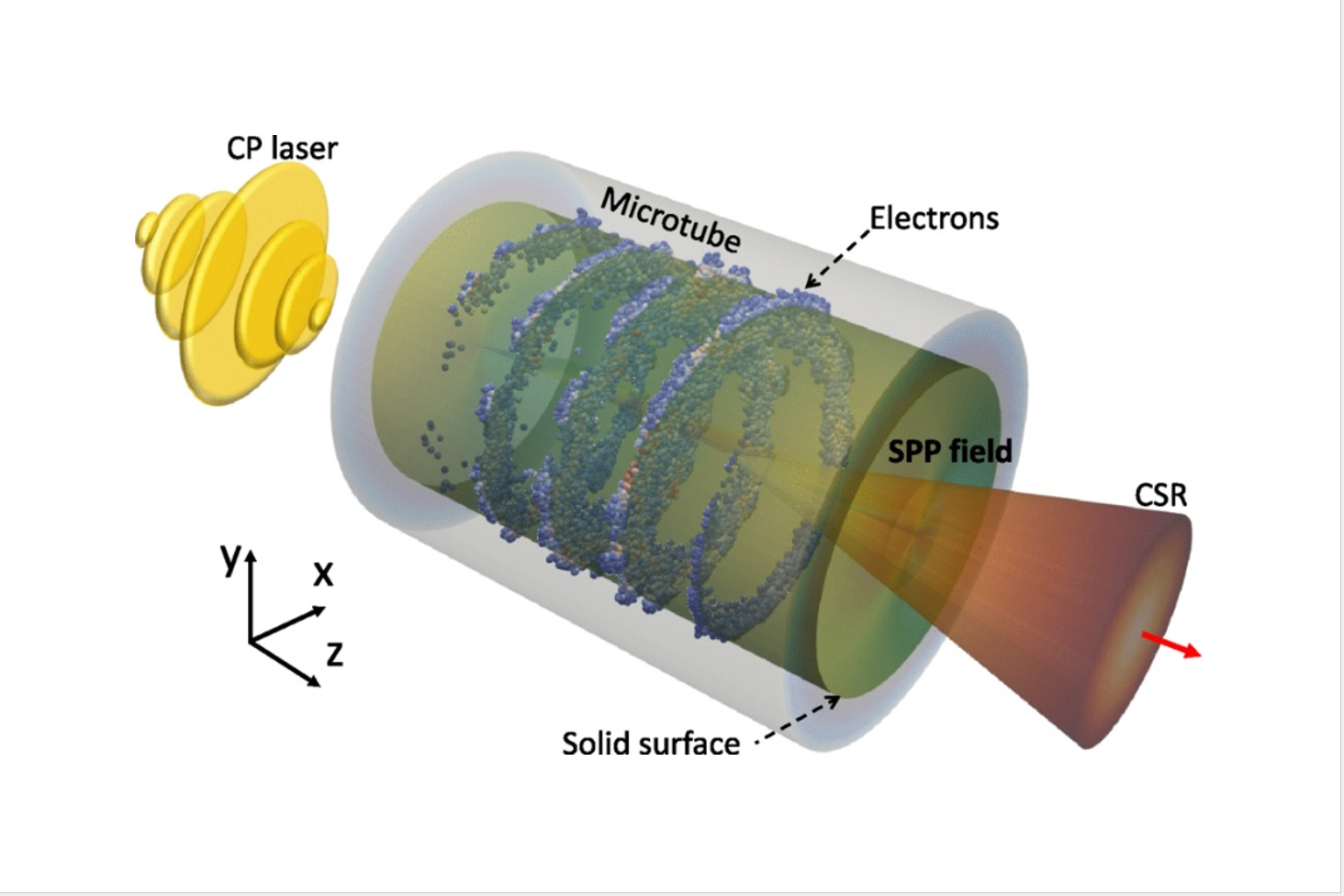Tabletop accelerator research featured as Physical Review Letters cover story

A groundbreaking study involving members of our QUASAR Group has been selected as this week’s cover story for Physical Review Letters (PRL), highlighting an advance that could fundamentally transform how compact particle accelerators are designed and applied in medicine, materials science, and beyond.
The research, recently featured also in The Conversation, demonstrates how a next-generation plasma accelerator, small enough to fit on a laboratory table, can achieve performance levels approaching those of conventional accelerators kilometers long. The team has shown that it is possible to accelerate electrons to energies suitable for generating high-quality X-rays and for probing advanced materials with unprecedented precision.
This breakthrough opens new pathways for compact accelerator applications, including cancer treatment, structural biology, and non-destructive imaging. Systems that currently require major research infrastructure may, in the coming years, become accessible to hospitals, industry, and university laboratories.
The PRL cover image highlights the striking physics at work, see figure below: a CP laser pulse (yellow) enters the vacuum channel of a microtube (grey) and excites SPPs while being scattered at the sharp vertical edge. The rotation mode (green-yellow) can efficiently couple with the laser field and accelerates the trapped electrons (sphere, blue-to-red colour presents the energy) into a spiral motion along the solid surface for the CSR emission (yellow-red cone).
Professor Carsten P Welsch, who has been leading the group’s research and international collaborations into ultra-compact accelerators for more than a decade, said: “Being selected for the Physical Review Letters cover is a major achievement and reflects the global impact of our cluster’s work in novel accelerator technologies. Tabletop plasma accelerators represent an important step toward democratizing high-end accelerator capabilities, bringing powerful tools for medicine and materials science into much more accessible settings.”
The project builds on strong collaborations across the UK and Europe, combining expertise in laser-plasma physics, beam diagnostics, numerical modelling, and advanced instrumentation.
Dr Bifeng Lei, who carried out the sophisticated 3D simulation studies that informed the overall design and allowed a detailed performance analysis, added: “This work strengthens Liverpool’s position at the forefront of innovative accelerator science and is a showcase how the future of ultra-compact, high-performance accelerators might look like.”
Further information:
Bifeng Lei, et al., “Coherent Synchrotron Radiation by Excitation of Surface Plasmon Polariton on Near-Critical Solid Microtube Surface”, Phys. Rev. Lett. 135, 205001 (2025).